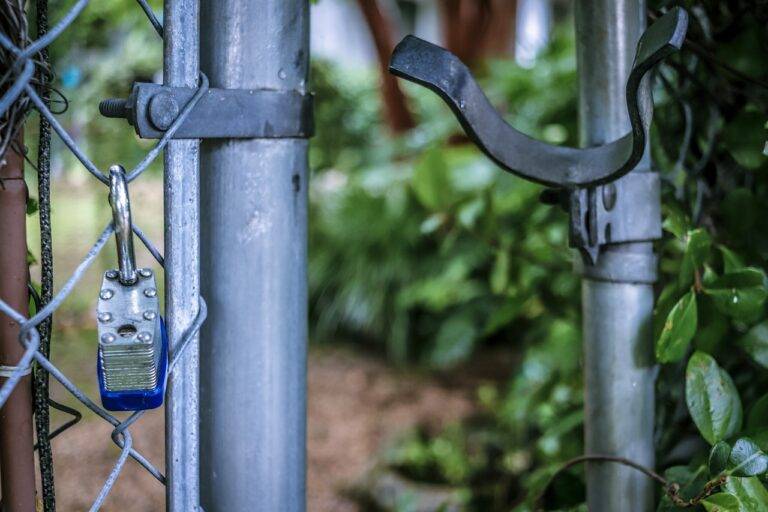Renovating a Home with a Tight Budget
Before diving into any project, it is essential to establish a clear and comprehensive budget plan. This initial step will serve as a roadmap throughout the project, ensuring that financial resources are allocated efficiently and effectively. By outlining specific financial targets and constraints from the outset, you can mitigate the risk of overspending and optimize the allocation of funds to key project areas.
A well-defined budget plan also provides a solid foundation for decision-making and prioritization. It allows you to assess the feasibility of different project elements, identify potential cost-saving opportunities, and make informed choices based on financial considerations. Additionally, a clear budget plan promotes transparency and accountability within the project team, fostering a common understanding of financial objectives and constraints.
Research cost-effective materials and supplies
When embarking on a project, the choice of materials and supplies can significantly impact the overall cost. To ensure that the budget remains manageable, thorough research should be conducted to identify cost-effective options. It is essential to explore various suppliers, compare prices, and consider purchasing in bulk to achieve savings without compromising on quality. Additionally, seeking out alternative materials that offer similar functionality at a lower cost can be a strategic way to stay within budget constraints.
Moreover, collaborating with industry experts and engaging in discussions with fellow professionals can provide valuable insights into cost-effective materials and supplies. By tapping into their knowledge and experience, it is possible to uncover hidden gems in the market that offer both affordability and durability. Evaluating long-term costs and potential savings by investing in high-quality materials upfront can also contribute to a cost-effective approach in the long run.
Why is it important to have a clear budget plan when researching cost-effective materials and supplies?
Having a clear budget plan helps you set realistic expectations and ensures that you stay within your financial limitations when purchasing materials and supplies.
How can I research cost-effective materials and supplies?
You can research cost-effective materials and supplies by comparing prices from different vendors, looking for discounts and promotions, and considering alternative options that may be more affordable.
What are some ways to save money on materials and supplies?
Some ways to save money on materials and supplies include buying in bulk, negotiating prices with vendors, and looking for second-hand or recycled materials that are more affordable.
How can I ensure the quality of cost-effective materials and supplies?
To ensure the quality of cost-effective materials and supplies, you should research the reputation of the vendor, read reviews from other customers, and request samples or test the materials before making a bulk purchase.
Are there any risks associated with using cost-effective materials and supplies?
While cost-effective materials and supplies can help save money, there may be risks such as lower quality, shorter lifespan, or potential compatibility issues. It’s important to weigh the pros and cons before making a decision.





